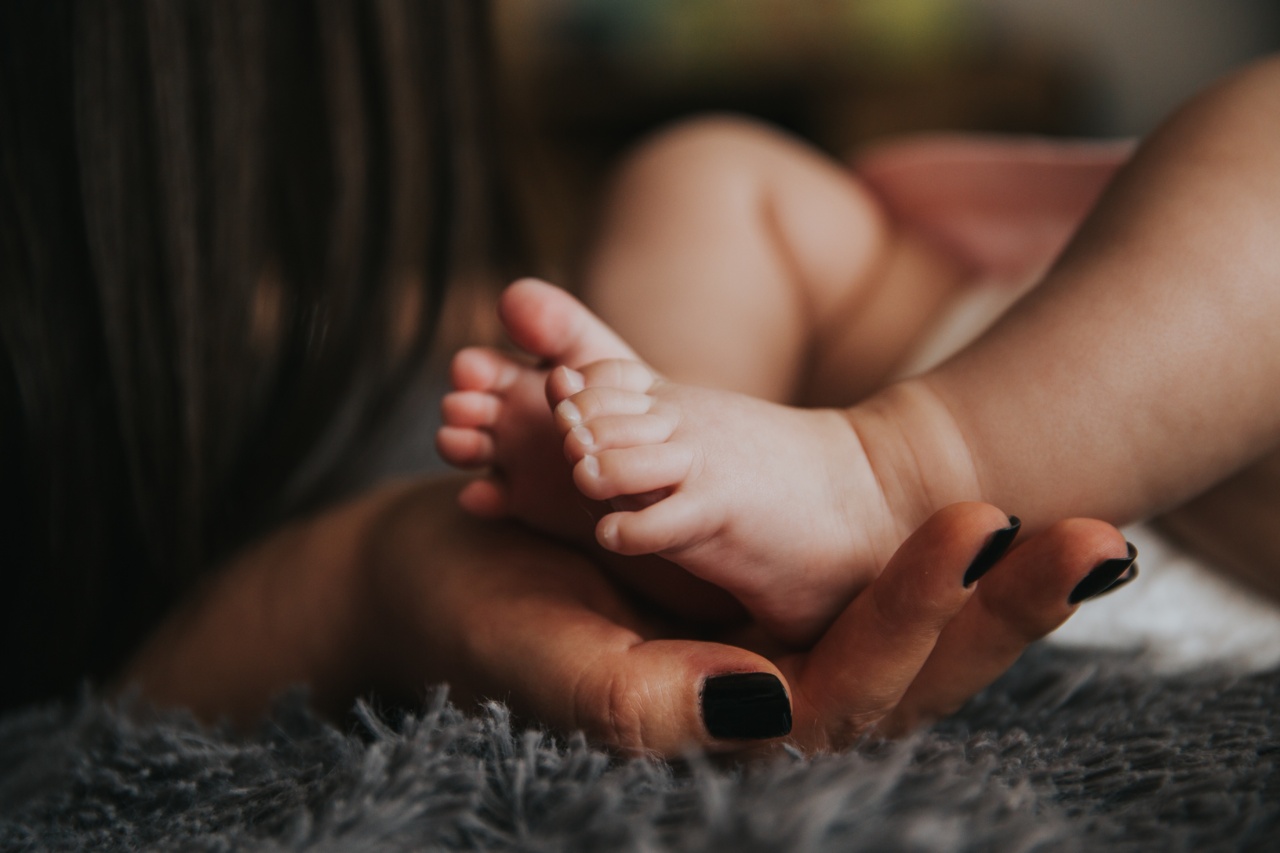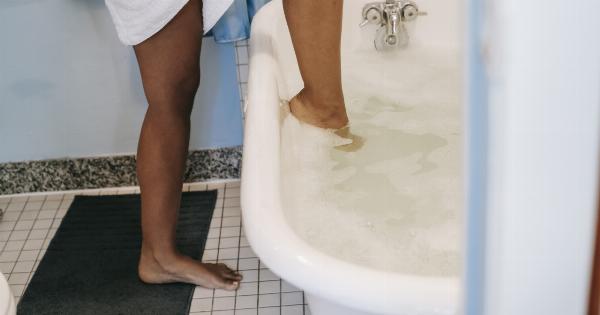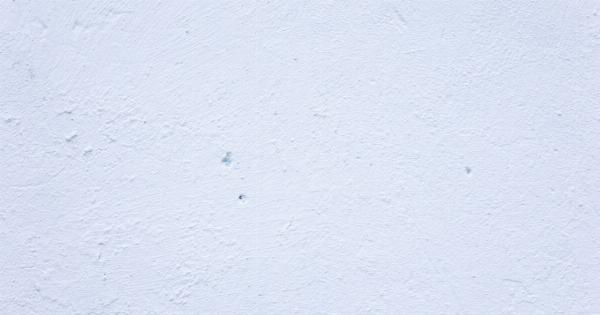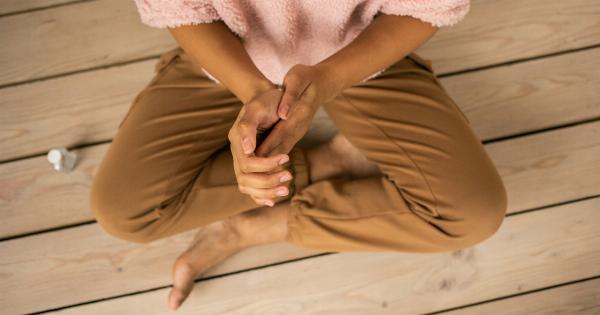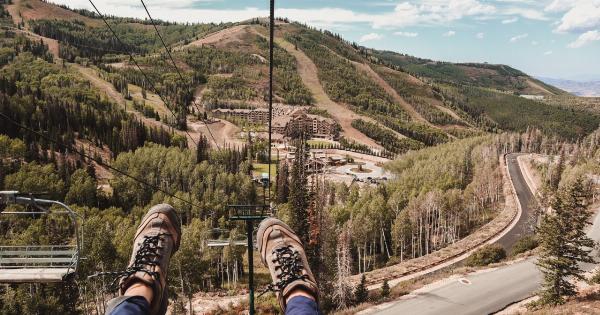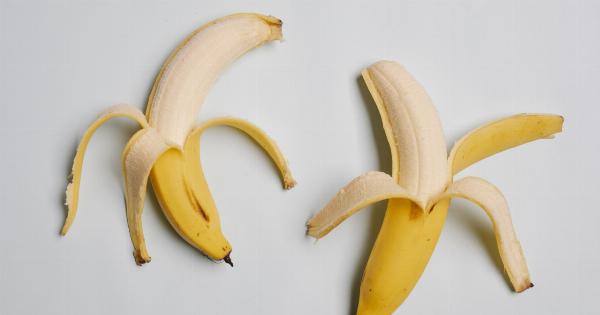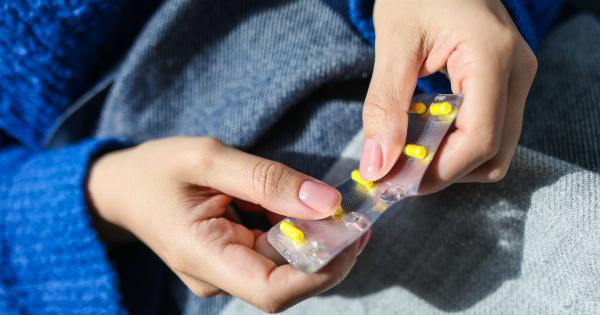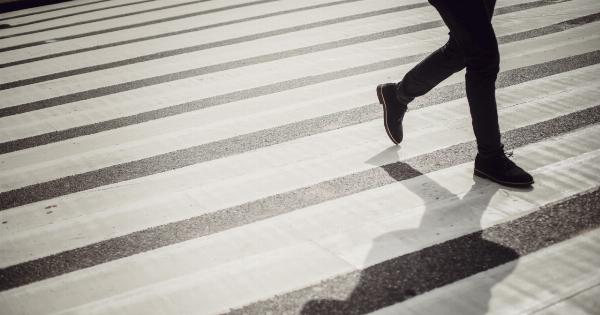Blisters occur when the skin is damaged due to friction, heat, or other causes. They can be painful and uncomfortable, especially when they form on the legs.
Blisters on the legs are commonly caused by wearing ill-fitting shoes, repetitive rubbing or friction, or excessive moisture. If not properly cared for, blisters can become infected and lead to further complications. In this article, we will discuss effective ways to care for blisters on the legs and promote quick healing.
1. Leave the Blister Intact
When a blister forms on your leg, it’s essential to leave it intact. Popping or puncturing the blister can increase the risk of infection and slow down the healing process.
The blister acts as a protective barrier, shielding the damaged skin underneath from bacteria and irritants.
2. Clean the Area
Before applying any treatments or dressings, it is important to clean the blister and the surrounding area. Gently wash the area with mild soap and warm water to reduce the risk of infection. Make sure to pat the area dry with a clean towel.
3. Apply a Blister Bandage
To protect the blister from further rubbing and friction, apply a blister bandage. These bandages are specifically designed to adhere to the skin and provide a protective cushioning.
Ensure that the bandage is large enough to cover the entire blister without placing pressure on the area. Change the bandage regularly or as directed by your healthcare professional.
4. Use Moleskin or Gel Pads
If the blister is caused by footwear that rubs against your legs, using moleskin or gel pads can help prevent further friction. Cut the moleskin or gel pad into a shape that matches the blister’s size and adhere it to the affected area.
These pads act as a barrier between your skin and the source of friction.
5. Wear Proper-Fitting Footwear
One of the main causes of blisters on the legs is wearing shoes that do not fit properly. To prevent future blisters, make sure your shoes are the correct size and provide ample room for your toes.
Choose shoes made from breathable materials that allow sweat to evaporate, reducing the risk of excessive moisture.
6. Keep the Area Dry
Excessive moisture can prolong the healing process and increase the risk of infection. It is important to keep the blister and the surrounding area as dry as possible.
Avoid activities that cause excessive sweating and change damp socks or stockings promptly.
7. Avoid Picking or Popping the Blister
Tempting as it may be, picking or popping a blister can introduce bacteria and debris into the wound, leading to infection. Allow the blister to heal naturally, and it will gradually decrease in size and disappear on its own.
8. Use Antibiotic Ointment
If the blister breaks or becomes infected, consult a healthcare professional. They may recommend applying antibiotic ointment to the affected area to prevent or treat infection.
Follow their instructions carefully and monitor the blister for any signs of worsening.
9. Apply Cold Compresses
If the blister is causing pain or inflammation, applying a cold compress can provide relief. Wrap some ice cubes in a thin cloth or use a cold pack and apply it gently to the blister for 10 to 15 minutes. Repeat this as needed throughout the day.
10. Seek Medical Attention if Necessary
In most cases, blisters on the legs will heal on their own with proper care. However, there are instances where medical attention may be necessary.
If the blister shows signs of infection such as increased redness, warmth, pus, or if you have a weakened immune system, consult a healthcare professional for further evaluation and treatment.
